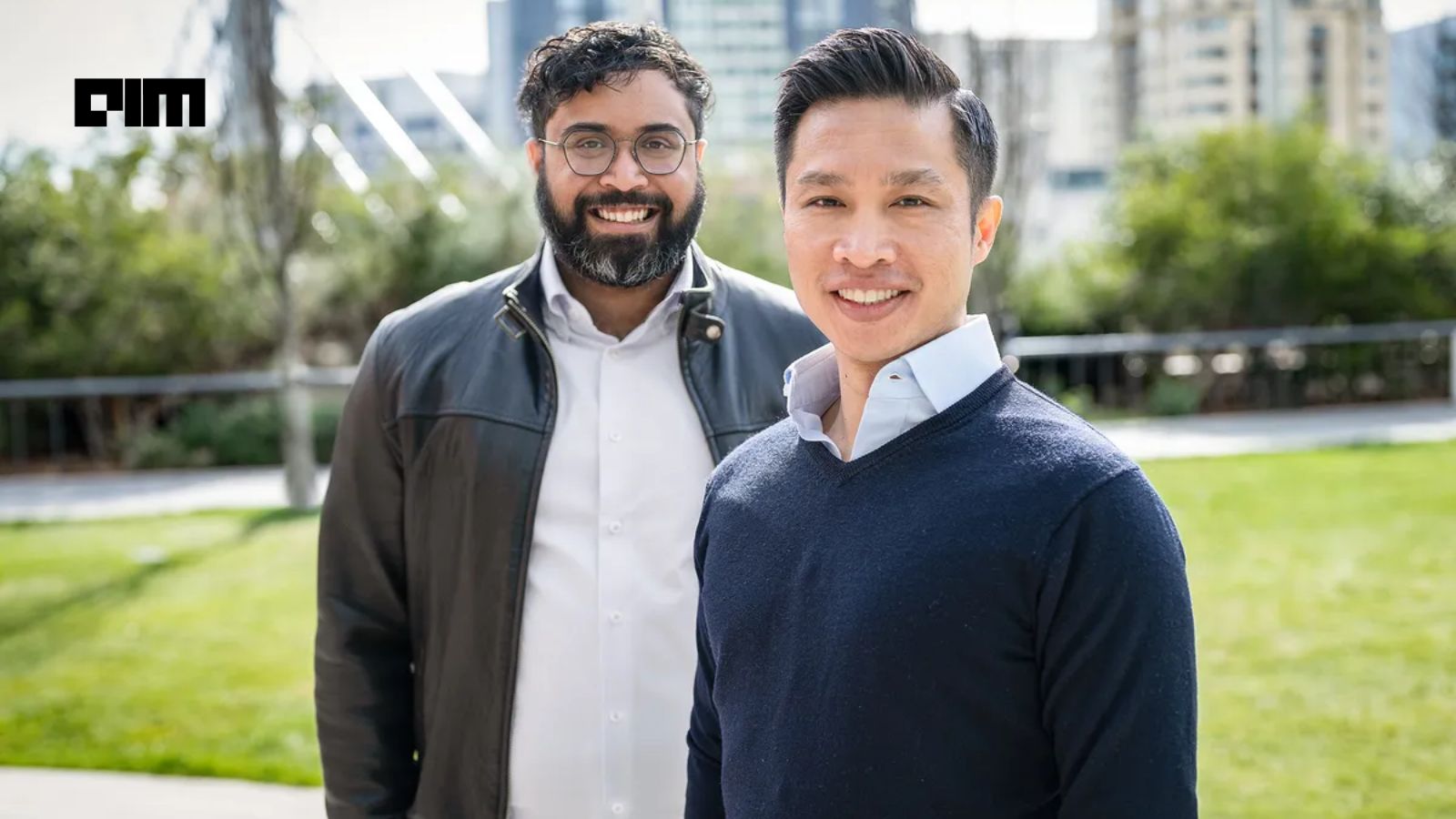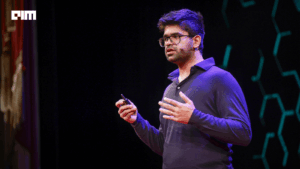Ambience Healthcare has raised $243 million in Series C funding at a valuation of more than $1.25 billion, making it one of the most heavily funded startups in the emerging category of ambient AI for clinical operations. The round, co-led by Oak HC/FT and Andreessen Horowitz, with participation from the OpenAI Startup Fund, Kleiner Perkins, and Optum Ventures, reflects growing investor interest in AI systems designed to automate documentation, coding, and administrative workflows across healthcare settings. Rather than focusing on standalone tools, Ambience has developed a platform intended to integrate directly into electronic health records and support clinicians across high-complexity specialties, inpatient settings, and emergency departments, areas often overlooked by early AI deployments.
Founded in 2020, Ambience has grown into what it describes as an end-to-end ambient AI platform, integrating with electronic health record (EHR) systems to automate documentation, clinical coding, and revenue cycle workflows in real time. Already deployed in institutions like Cleveland Clinic, UCSF Health, Houston Methodist, and Memorial Hermann, Ambience is used across over 100 ambulatory subspecialties and high-pressure settings like emergency departments and inpatient care, precisely where documentation burdens are heaviest.
Ambience CEO and co-founder Mike Ng believes this funding validates the company’s broader platform strategy. “We’ve developed a best-in-class platform that, in practice, does a few important things,” Ng said. “Before the patient even walks into the room, the system summarizes all relevant context for the clinician. During the visit, it listens in the background and automatically generates documentation. After the visit, it automates downstream workflows like billing, prior authorization, and coding.”
Ng emphasized that the platform was never built to target just primary care or low-complexity use cases. “Investors are looking for companies who have built high-quality solutions that can serve healthcare workers holistically, even in some of the most complex care settings, which previously have been incredibly hard to serve.”
Ambience’s differentiation comes not only from its breadth, but its depth. In a recent six-month study conducted by Cleveland Clinic, five ambient AI scribes were pitted against one another. Ambience came out ahead, with an 80% clinician utilization rate, twice that of the next best option and an NPS of 60, which later rose to 87 following product refinements. Competitors, by contrast, scored near zero or negative. “That kind of performance doesn’t come from point solutions,” said co-founder and Chief Scientist Nikhil Buduma. “It comes from building a unified platform that spans everything from pre-visit prep to post-visit revenue cycle compliance.”
This performance and adoption track record were central to investor conviction in the Series C round. “Ambience has developed a comprehensive AI platform that not only works across specialties and integrates seamlessly with EHR systems, but also meets the rigorous standards of compliance teams, a rare and powerful combination,” said Vig Chandramouli, Partner at Oak HC/FT. Julie Yoo, General Partner at Andreessen Horowitz, added that the company has expanded far beyond its original wedge. “In a space now crowded with point solutions, the exceptional team at Ambience has executed impressively by expanding into a robust platform tailored to subspecialties, trusted by frontline providers, and delivering clear value to health systems.”
That value proposition is rooted in real-world pressures. “Health systems need AI now more than ever before,” Ng said. “We have 10,000 seniors aging into Medicare every single day. There’s a projected shortage of 100,000 healthcare workers over the next decade. Budgets are tightening across Medicare, Medicaid, and NIH. The only way forward is to do more with less and that starts with automating what should never have been manual in the first place.”
The company’s ambition is to make administrative tasks invisible. For clinicians, that means ambient listening, chart prep, ICD-10 coding assistance, and compliance tools, all surfaced directly within the EHR. For administrators, the platform delivers structured, compliant documentation that feeds into coding, CDI, and utilization management processes. For patients, it results in clearer summaries and more face time with clinicians.
Yet building this kind of system is far from trivial. While many startups have leaned on large language models out of the box, Ambience has worked closely with OpenAI and other foundation model makers to customize clinical-grade AI. “There’s a massive gap between general-purpose reasoning models and ones that are clinical-grade and compliance-grade,” Ng said. “Bridging that gap is what allows us to build software that really solves problems for frontline clinicians.”
The regulatory complexity is another major barrier for new entrants and one that Ambience has been tackling in close coordination with premier academic institutions. “We’ve built infrastructure not only to train and create AI responsibly and privately, but also to develop governance processes for safe rollout,” Ng said. “We’re focused on safety, effectiveness, and responsibility.”
This explains why Ambience’s adoption curve has moved beyond early pilots. Today, over 80% of clinicians at Cleveland Clinic use the technology, and it’s deployed across more than 70% of visits. “We see a direct line of sight over the next couple of years to a world where a clinician walks into the room, talks to the patient, and everything else just happens in the background,” Ng said.
Unlike competitors such as Suki, Abridge, and DeepScribe that offer narrow tooling or focus on specific care settings, Ambience has a full-stack infrastructure layer for documentation and compliance. “This isn’t just about saving clicks,” Buduma noted. “It’s about re-architecting the system in a way that clinicians can trust, that administrators can rely on, and that patients can benefit from.”
And for Ng, the mission is far from complete. “We’re still in the first inning,” he said. “There’s so much more to build.”










